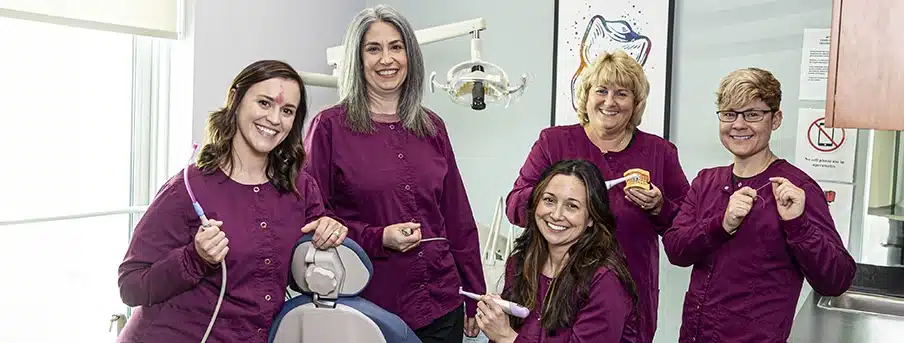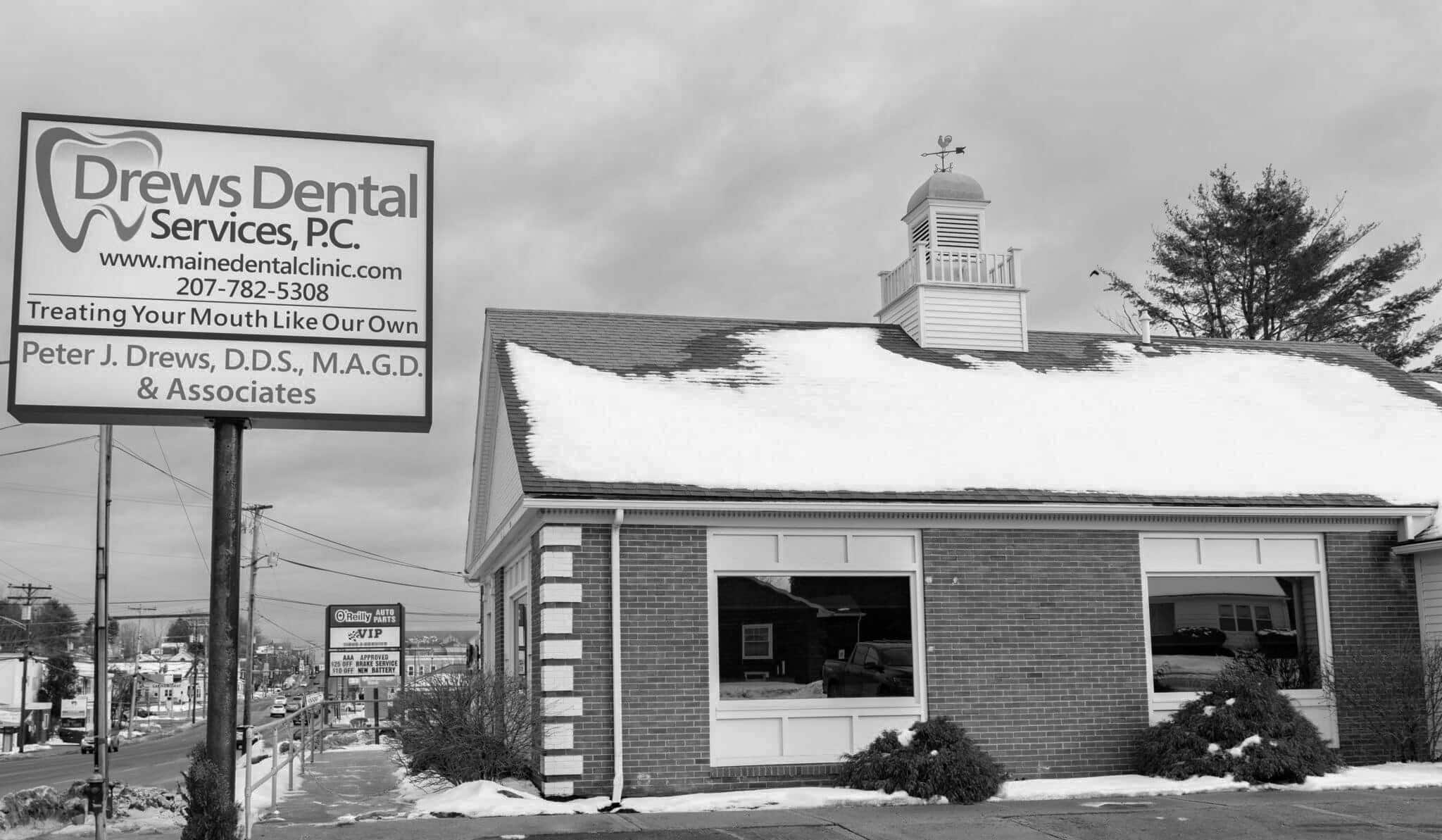While scaling and root planing sounds like something that happens in a carpenter’s workshop, it is actually a very common dental procedure. In fact, it’s one of the best non-surgical ways to combat periodontal disease.
Treatment usually consists of placing a small ultrasonic tip between the tooth and gum to remove plaque and tartar deposits below the gum line.
Healthy gum tissue around a tooth is considered 3mm or less, anything deeper than that tends to become a bacteria cesspool, one that requires specialized tools to sanitize it.

Other Preventive Services
Plaque, Bacteria, and Periodontal Disease
Plaque is sticky and full of bacteria, so when it is formed on your teeth, it hardens over time and turns into what you know from toothpaste commercials as calculus or tartar. Bacteria is what causes periodontal disease, and unfortunately any kind of build up of calculus provides an irregular surface for all of those nasty germs to latch on to; kind of like velcro. Scaling and root planing removes the “velcro” leaving a slick, streamlined non-plaque attracting surface.
When you come in for your regular cleaning or “prophy”, what your hygienist is actually doing is scaling your teeth, essentially scraping off a build up of calculus from any surface above the gum line. This happens using a combination of manual instruments as well as an ultrasonic handpiece, which is the equivalent of giving your teeth a power wash.
Dental Scaling
An ultrasonic scaler has a dull metal tip that vibrates at high frequency and moves plaque off the tooth, while water cools the tip as well as flushes out debris around the teeth. This is then supplemented with hand instruments called ‘scalers’ and ‘curettes’- like detailing a car, to make sure the surface is smooth and clean. The hand instruments have cutting edges that are manually used to chip away plaque and they come in different shapes and sizes, specific to certain teeth as well as different surfaces of the same tooth.
Root Planing
Root planing is the same as scaling, except that it occurs below the gum line on the root surface of your tooth. When root planing below the gum line, obviously we cannot see the plaque build up, so it is done by feeling for any roughness on the root surface. Obviously, working with manual scaling instrument sub gingivally is not going to feel like much of a spa treatment, therefore an anesthetic is administered to numb the areas that need treatment.
Depending on the individual, the procedure may be completed in a single visit, although generally a quadrant (Upper Left, Lower Left, and so on) or a half (Upper and Lower Left, for example) of the mouth is recommended during an appointment. After the procedure, your gums will be numb from the anesthetic, probably a little tender, and possibly sensitive to hot and cold – nothing that can’t be resolved with an over-the-counter pain reliever.
We may send you home with an antiseptic mouth rinse at the end of your appointment because there may be some minor bleeding in the first few days; however, this resolves within a week and you return to normal brushing and flossing routine. Four to six weeks later, when treatment is complete, periodontal pockets are reduced due to the gum shrinking.
The degree to which your gums will shrink back depends largely on the initial depth of your periodontal pocket. The more severe the periodontal disease, the more your gums will recede after the treatment.
Unfortunately, your home DIY kit (electric tooth brush, floss, water pik, etc.) are not designed to go below the gum line, and the reality is, you probably wouldn’t want them to either. Fortunately, Angie admits scaling and planing is one of her favorite procedures.
Scaling and root planing really is the most conservative treatment for periodontal disease.

Struggling with Periodontal Disease?




